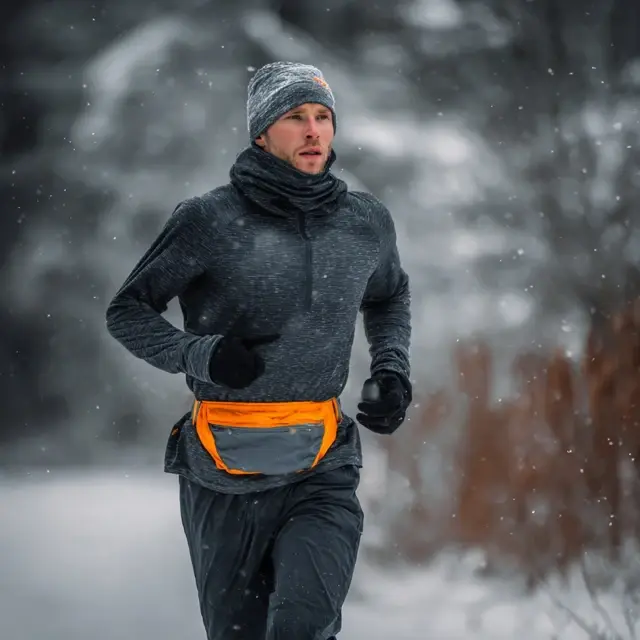Tips on Selecting a Running Belt for Cold Weather Runs
Running in winter requires thoughtful gear choices, and a running belt is no exception. Cold temperatures, layered clothing, and unpredictable conditions mean your belt must do more than carry essentials—it must also provide comfort and stability. Here are expert tips on how to choose the right running belt for cold weather runs.
Step 1: Consider Layer Compatibility
In cold weather, you’ll likely wear your belt over multiple layers. To ensure a secure fit:
- Look for adjustable belts: Straps or elastic systems allow flexibility as layers change.
- Wide waistbands: Distribute weight evenly over thicker clothing.
- Slip-resistant linings: Prevent sliding on slick outer fabrics.
Step 2: Choose Insulating and Weather-Resistant Materials
Winter conditions can expose your gear to snow, sleet, and cold winds. Look for:
- Water-resistant fabrics: Keep electronics and valuables dry.
- Insulated pockets: Help maintain phone battery life in freezing conditions.
- Durable stitching: Ensures longevity against harsh weather exposure.
Step 3: Focus on Accessibility with Gloves
Cold weather often means running with gloves, so your belt should be easy to use without fumbling:
- Large zipper pulls: Easy to grip with gloved hands.
- Front-facing compartments: Reduce twisting when accessing items mid-run.
- Elastic slots: Provide quick access to gels or tissues.
Step 4: Stability for Icy Terrain
Uneven or slippery surfaces demand belts that stay put:
- Choose belts with snug, bounce-free fits.
- Avoid overloading—carry only essentials for balance.
- Opt for belts designed to sit low on the hips for added stability.
Step 5: Extra Features for Winter Runs
Cold weather running belts can include unique features that enhance safety and comfort:
- Reflective accents: Improve visibility during dark mornings and evenings.
- Integrated key clips: Prevent items from shifting during layered wear.
- Moisture-wicking linings: Reduce sweat buildup under heavy winter gear.
Practical Tips for Cold Weather Use
To get the most out of your running belt in winter:
- Store electronics in inner pockets to shield them from freezing temperatures.
- Keep gels or snacks close to your body to prevent them from hardening.
- Test your belt with your full winter outfit before heading out on long runs.
Conclusion
A running belt for cold weather runs should balance comfort, durability, and accessibility. By focusing on layer compatibility, insulation, and winter-specific features, you’ll stay prepared for the challenges of running in freezing conditions without compromising performance.
For more insights, check out our winter running gear tips and cold-weather training accessories.




